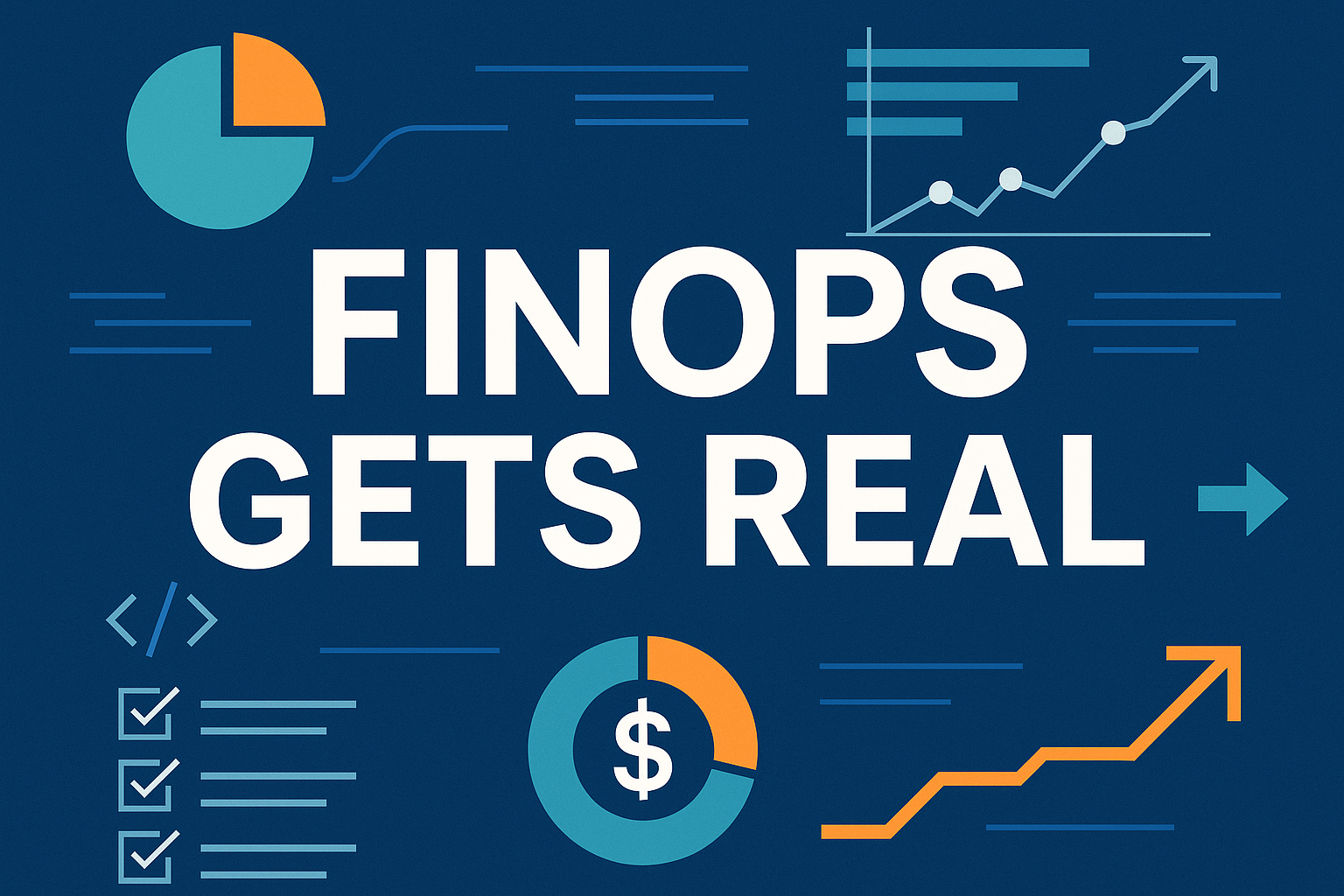
For a while, FinOps lived on the sidelines of cloud strategy—mostly confined to billing analysts, occasional tagging sprints, and polite nudges to teams about overspending. It was treated as something to “implement” or “stand up,” like a project or a department.
Those days are over.
In today’s complex, multi-cloud, fast-moving environments, FinOps is no longer optional, and it’s certainly not isolated. It’s becoming a core principle of how modern teams operate—baked into day-to-day decisions, not bolted on after the fact.
Cloud Cost Isn’t a Finance Problem Anymore
The cloud promised flexibility, agility, and scale—but without financial discipline, it also delivered bill shock. The traditional model of finance setting budgets and engineering spending them no longer works.
The reason is simple: the people who create cloud spend are the ones deploying infrastructure and writing code.
So the solution isn’t a dedicated FinOps team acting as gatekeepers—it’s empowering everyone with the awareness, tools, and feedback to make smarter decisions in real time.
This is what it means when we say FinOps gets real.
What’s Changing? A New Operational Normal
Over the next few years, we’re going to see three big shifts as FinOps becomes an everyday operational imperative:
1. FinOps Gets Embedded into DevOps and Engineering Workflows
FinOps is no longer about looking at last month’s invoice. Instead, real-time cost visibility will be built directly into the developer experience:
- CI/CD pipelines will include automated cost impact analysis.
- Infrastructure as code will trigger cost guardrails or show cost previews before changes are deployed.
- Teams will experiment with multiple architectures and see cost as a key variable, not an afterthought.
This tight integration means engineers don’t just ship faster—they ship smarter.
2. Real-Time Visibility Across the Business
Finance doesn’t need to wait for end-of-month reports, and product teams don’t need to dig through cloud billing exports. As FinOps matures:
- Teams will have live dashboards showing spend by feature, environment, or cost center.
- Alerts will flag anomalies before they become problems.
- Product managers, engineering leads, and finance stakeholders will see the same truth, not argue over conflicting reports.
When cost becomes visible in the tools people already use, accountability becomes natural—not enforced.
3. Cloud Cost Becomes a Shared Responsibility
FinOps works best when it’s not someone else’s job. In high-performing organizations:
- Engineers design for efficiency, because they see cost impact in their workflows.
- Product teams prioritize features based on ROI, not just demand.
- Finance partners proactively, helping shape decisions instead of retroactively questioning them.
This is a cultural shift. Cloud cost management isn’t a monthly task—it’s an everyday behavior. The focus moves from spend tracking to value delivery, where cost is just another form of feedback.
FinOps Is Not a Team—It’s a Way of Working
The organizations succeeding with FinOps aren’t building bigger cost control teams. They’re flattening the process, embedding cost awareness into the same loops that already exist for quality, security, and performance.
That means:
- Giving teams ownership of their cloud spend
- Equipping them with real-time insight
- Normalizing cost conversations at sprint planning, retros, and architecture reviews
The result? Not just lower bills—but better tradeoffs, faster feedback, and more sustainable growth.
Final Thought: The Future Is Accountable by Design
As we move deeper into an era of platform engineering, self-service infrastructure, and AI-driven automation, FinOps will be less about control and more about enablement.
Not “How do we stop people from spending?”
But: “How do we help teams spend wisely without slowing them down?”
That’s the real maturity curve of FinOps. And that’s why it’s no longer a buzzword.
It’s how you run your cloud.
If you’re exploring cloud migration or want to make sense of the costs involved, we’re here to help. Get in touch for a no-obligation conversation and see how we can bring clarity and confidence to your decision-making.